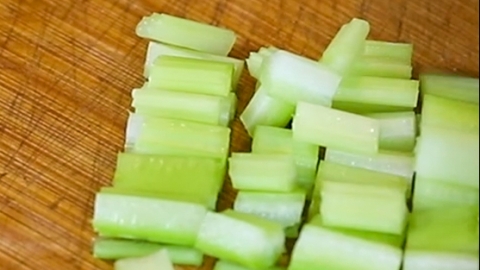Can wild celery be eaten raw?
Generally, whether wild celery can be eaten raw depends on the specific species of wild celery and how it has been handled. If any discomfort occurs, medical attention is recommended. The detailed analysis is as follows:

If the wild celery belongs to an edible species and has been thoroughly washed after harvesting—removing roots, old leaves, and other impurities—and if it is confirmed free of dirt, sand, or insect eggs, then small amounts may be consumed raw. Eating it raw preserves certain heat-sensitive nutrients and offers a crisp texture, making it suitable for cold dishes with seasonings. However, absolute certainty about the safety of the species is essential to avoid accidentally consuming toxic varieties.
If the wild celery is a poisonous species, or if it is an edible type but not properly cleaned, or if the species cannot be accurately identified after harvesting, it should not be eaten raw. Poisonous wild celery contains natural toxins that can cause nausea, vomiting, and other symptoms of poisoning when consumed raw. Edible types that are inadequately washed may still harbor contaminants, posing health risks upon consumption.
When harvesting wild celery, accurate identification of the species is crucial; never pick any variety you cannot confidently recognize. Edible wild celery must be rinsed multiple times before being eaten raw to remove all impurities and potential pollutants. If any adverse reactions occur after consumption, stop eating it immediately and seek medical help to ensure food safety.




